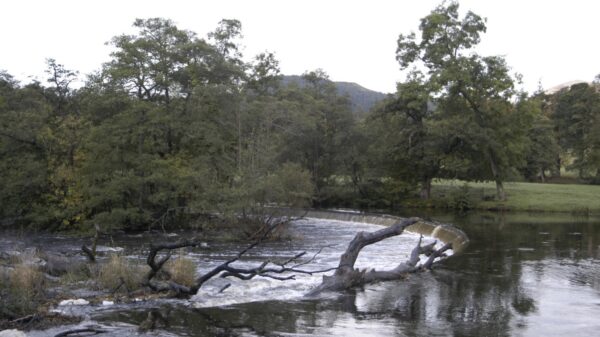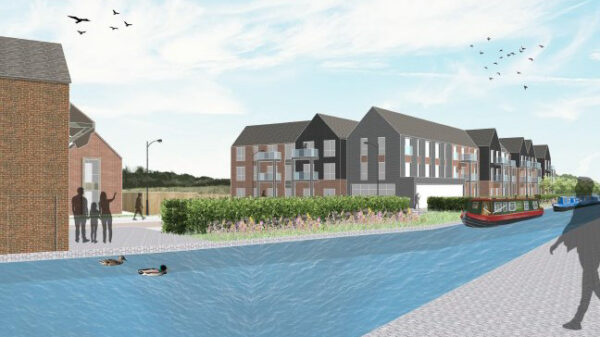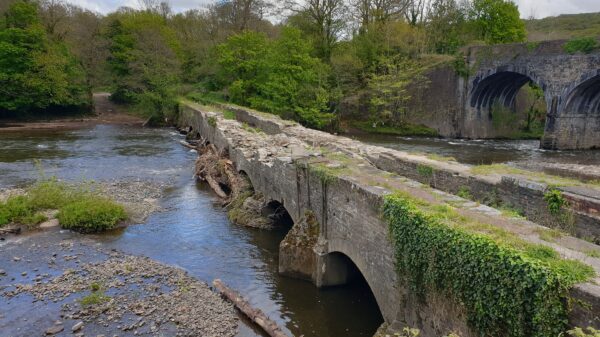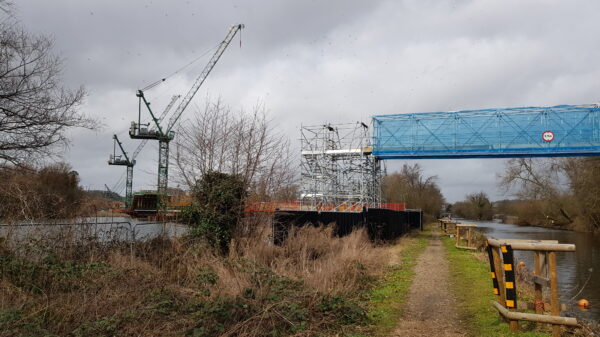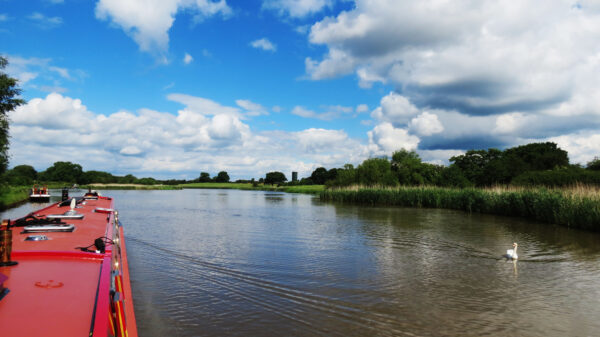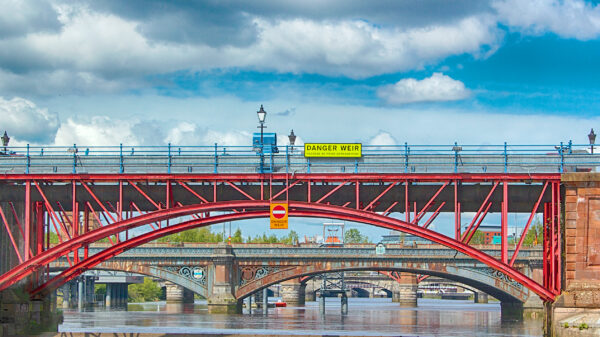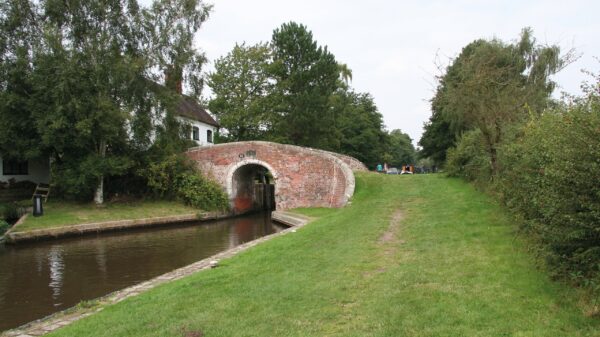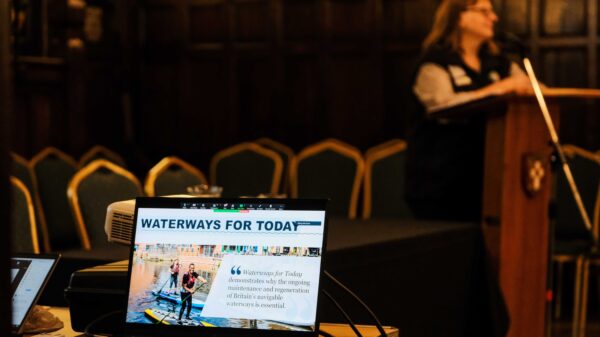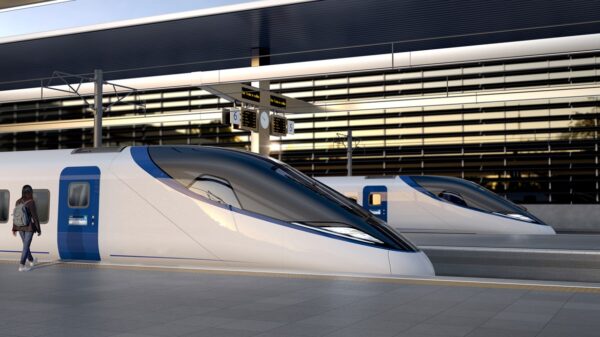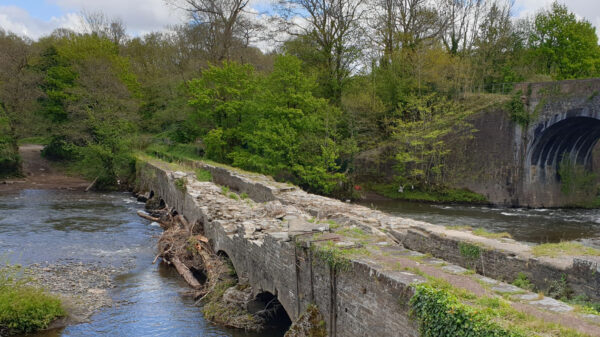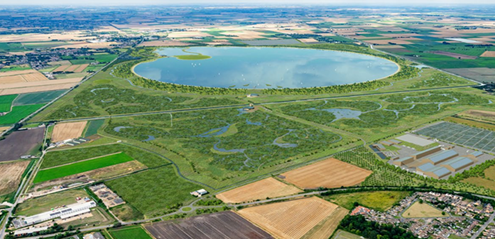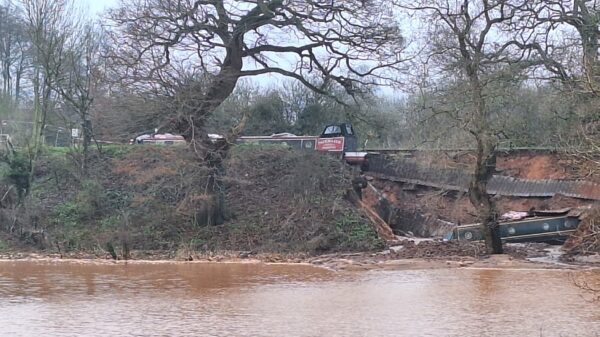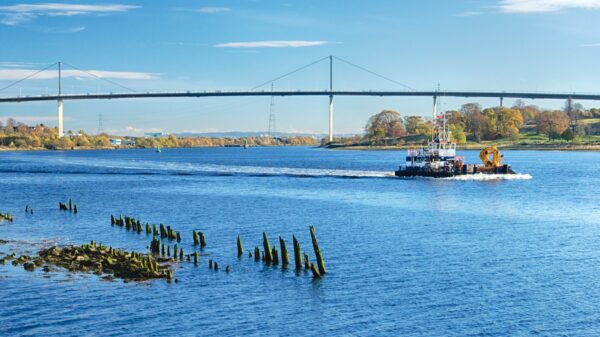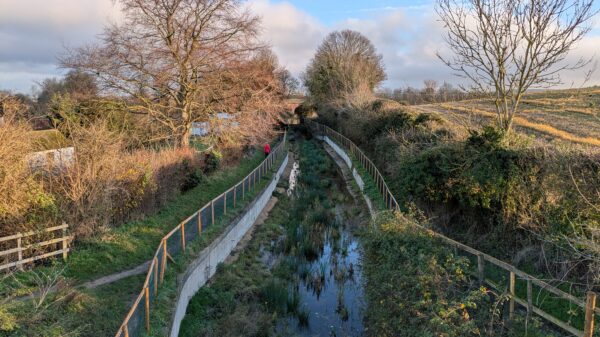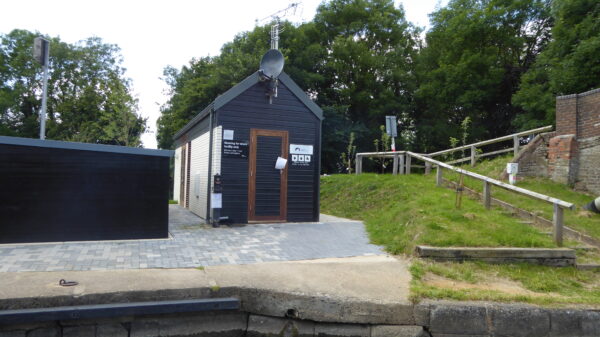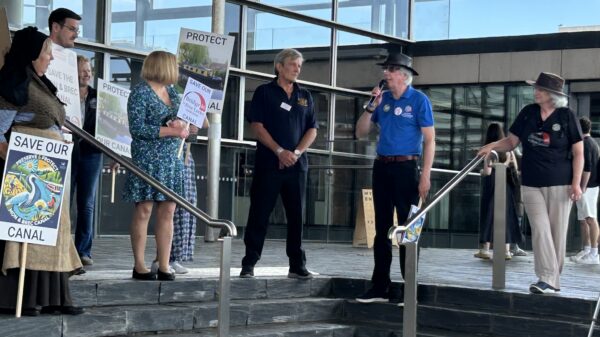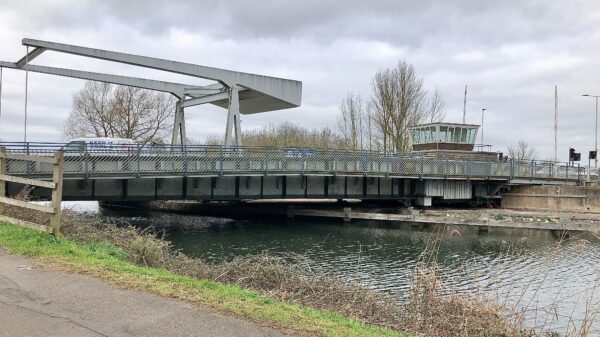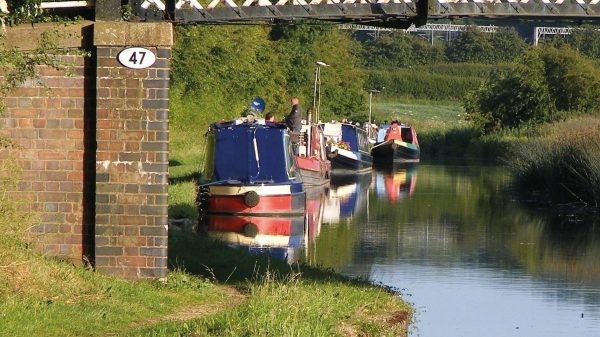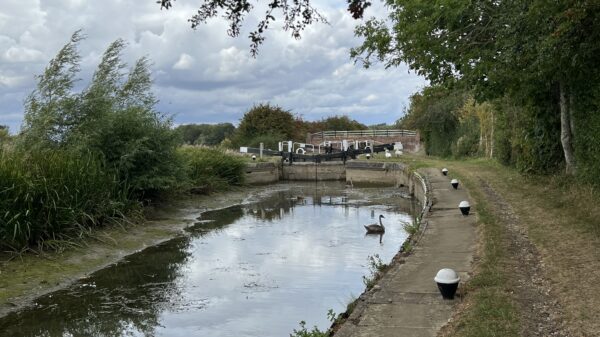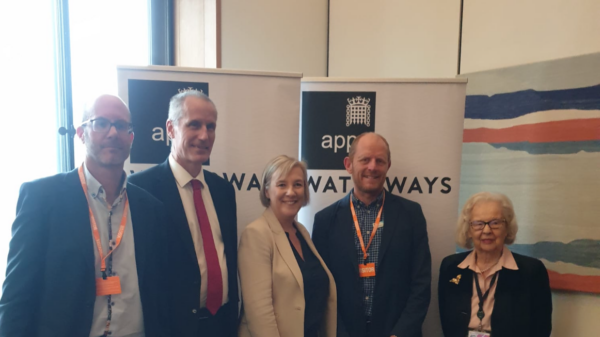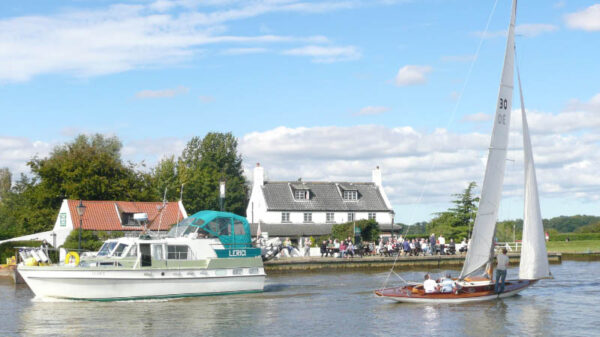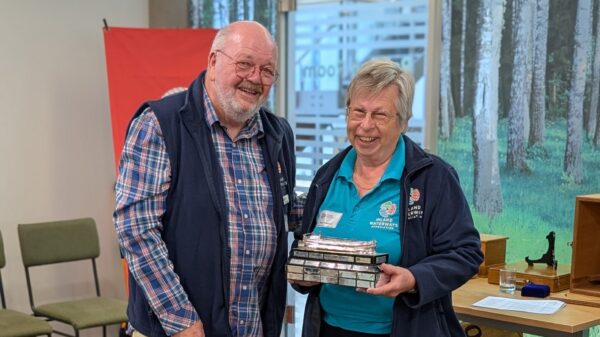Waterborne freight and better dredging could be future solutions to combatting the climate emergency, parliamentarians were advised at a recent meeting of the Waterways APPG about freight and sustainability.
The MPs and peers of the All Party Parliamentary Group met on 14th September, and were joined by representatives from navigation authorities, waterway organisations and government officials. Three speakers gave presentations describing ways in which the inland waterways can contribute to the UK’s net zero carbon target.
Government should promote water freight
The first of the three speakers was David Lowe, Chairman of the Commercial Boat Operators Association. David gave an overview of current freight operations and future planned developments, including some easy wins if more funding was made available. He noted that the government’s proposed new public body, Great British Railways, would have “a statutory duty to promote rail freight to secure economic, environmental, and social benefits for the nation”. David suggested that this policy should be replicated so that Canal & River Trust would be obliged – on the waterways designated as Commercial Waterways in the 1968 Act – to promote waterborne freight to secure economic, environmental and social benefits for the nation.
David also suggested that the APPGW should ask Government to issue guidance on its priorities for water freight. He suggested that with modest funding the Department for Transport could support developing water freight on the larger waterways, including re-introducing Freight Facility Grants for wharves and handling facilities in England.
Green benefits of transfer of freight to inland waterways
The next speaker was John Pomfret who outlined how transfer of freight to inland waterways could contribute to several themes in the Government’s 25-year Environment Plan. These include cleaner air (lower fuel use by inland waterway vessels compared with road HGVs), cleaner water (risk of spills from accidents involving waterway freight vessels is less than 25% of risk from road traffic accidents), less waste (long life of waterway craft compared with road vehicles) and less congestion on the roads.
John suggested that a change in mind-set is needed to achieve more waterborne freight in the UK. Hauliers are more familiar with road transport which can cause resistance to change. Better promotion of inland water transport is needed, along with a carrot and stick approach (a combination of funding support and planning conditions). Planning authorities need to be made aware of the opportunities, and wider safeguarding of existing wharves is essential.
In terms of the infrastructure required, John outlined that modernisation and upgrading was required on some non-tidal waterways, especially those operated by CRT. He suggested that these requirements should be taken into account in the next Government funding settlement for CRT. He also suggested that there should also be additional funding from DfT for freight – probably through grant systems. In particular, all motorway miles should be taken into account in calculating grant available through the Modal Shift Revenue Support scheme.
Decarbonising inland waterways in the UK
The third presentation was by Dr Momchil Terziev and Dr Tahsin Tezdogan, of Strathclyde University’s Faculty of Engineering, who talked about their “Decarbonising Inland Waterways in the UK” project. This research, which is supported by IWA, aims to take a holistic approach in looking at how the UK inland waterways can be decarbonised, and has been submitted to the Engineering and Physical Sciences Research Council for £3.8 million funding.
Using data from navigation authorities and a scale model of a canal at the Kelvin Hydrodynamics Laboratory, along with computer modelling, they will seek to identify how dredging can reduce greenhouse gas emissions from inland waterways in the most cost-effective and environmental way. The project will also look at how innovative green propulsion technology can be adapted to the inland waterways fleet to contribute to the zero emissions target for future generations. Another outcome of the project would see the development of a user-friendly tool (such as a mobile phone app) that would inform boat crews of the best operational conditions to ensure minimum emissions from their vessel. Working in partnership with other universities, they will also look at the environmental impacts of dredging and whether there is a way of reversing the emission of greenhouse gases when dredging is carried out.
Follow up with Department of Transport
The three presentations were followed by a general discussion, with waterway users and navigation authorities having the opportunity to raise questions. One of the key outcomes of the discussion was the importance of more investment in waterways freight, and in particular whether the Department for Transport should be contributing to that in the same way that they do with rail freight. Michael Fabricant MP, Chair of the Group, concluded the meeting by confirming that the Group would write to the Department for Transport about this issue.

